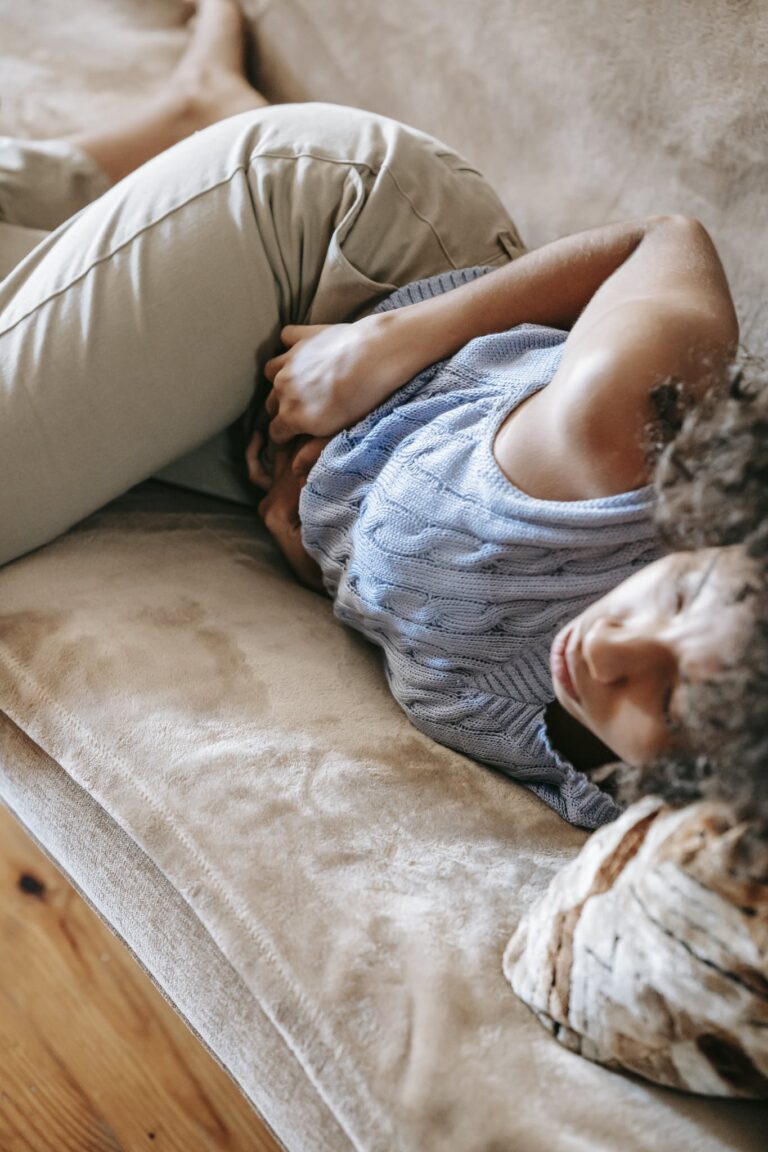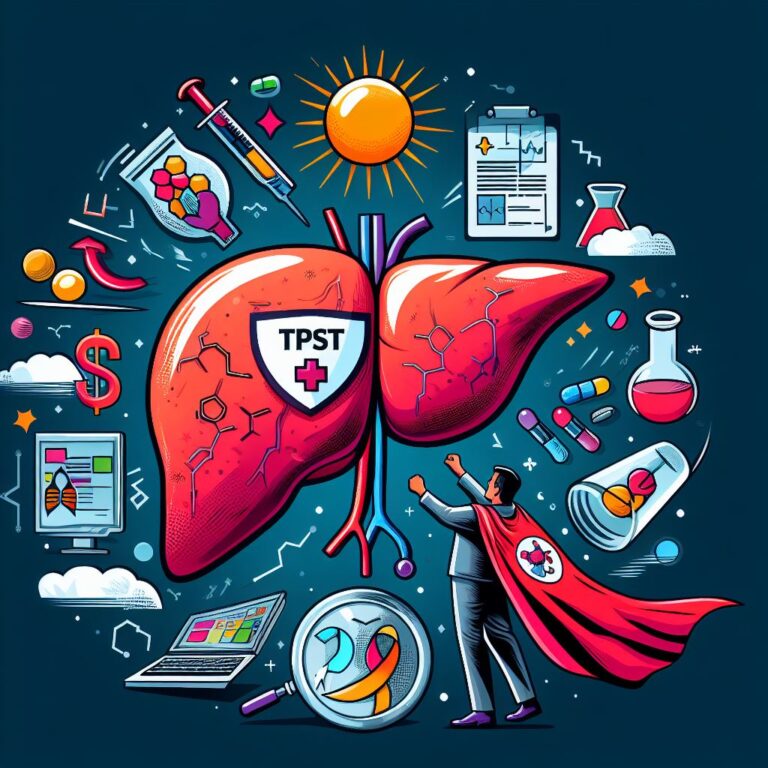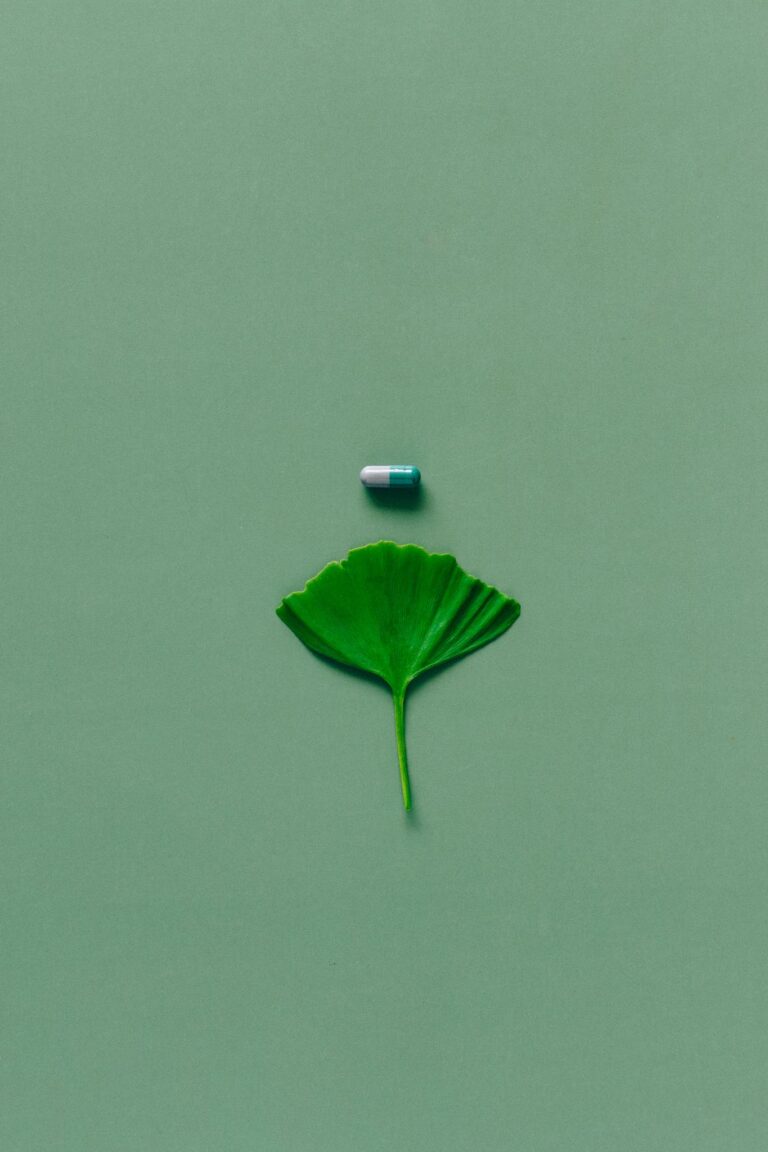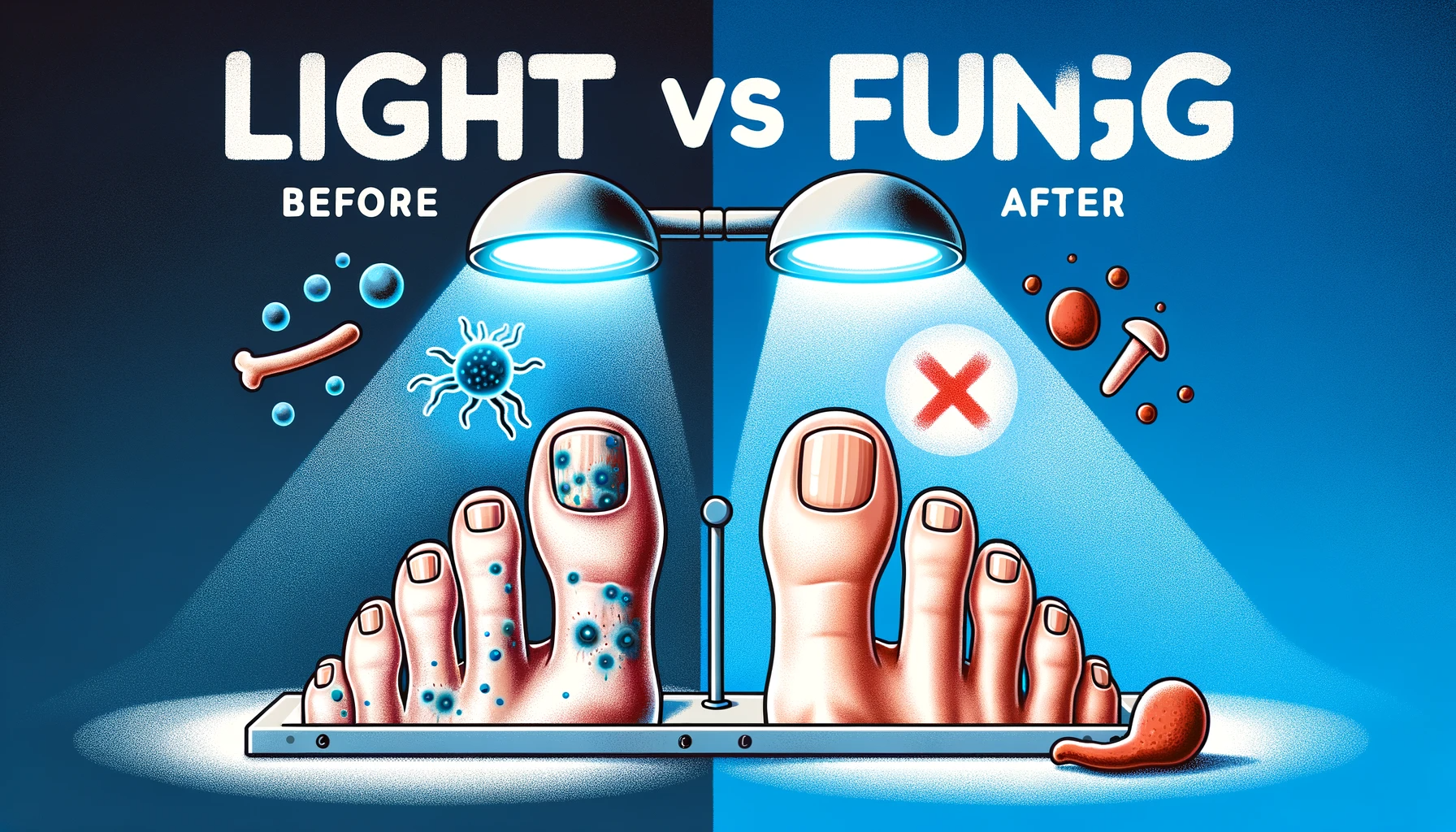
💥 Potential Impact
70% of patients saw improvement in discolored, thickened nails after only 5 months of treatment
🌟 Introduction
Toenail fungus, medically known as onychomycosis, is an incredibly common problem, affecting around 10% of adults. It turns nails yellow, thick, crumbly and can be painful.
😣 Onychomycosis is a fungal infection of the nail. While oral and topical medications can help treat it, they take a long time to work and have potential side effects.
💊 That’s why new research showing the efficacy of light therapy as a treatment is so promising. A recent clinical trial found that after just 5 months of treatment, the majority of patients’ fungus-infected toenails looked significantly healthier and clearer.
🚀 This safe, natural method could provide real relief without the hassles of traditional medication.
🧩 Key Terms Explained
- Onychomycosis – The medical name for a fungal infection of the nails, most commonly caused by a dermatophyte fungus
- Photodynamic therapy (PDT) – A treatment that involves applying a special topical solution called a photosensitizer to the affected area and then activating it with light, which kills microorganisms
- Methylene blue – A dye used as the photosensitizer in PDT for onychomycosis
- Er:YAG laser – A precise laser used to create tiny perforations in the nail plate to enhance penetration of topicals
📈 Recommendation:
Photodynamic therapy with methylene blue dye and specialized light may be an effective natural treatment for stubborn toenail fungus. Ask your dermatologist if it could be right for your situation.
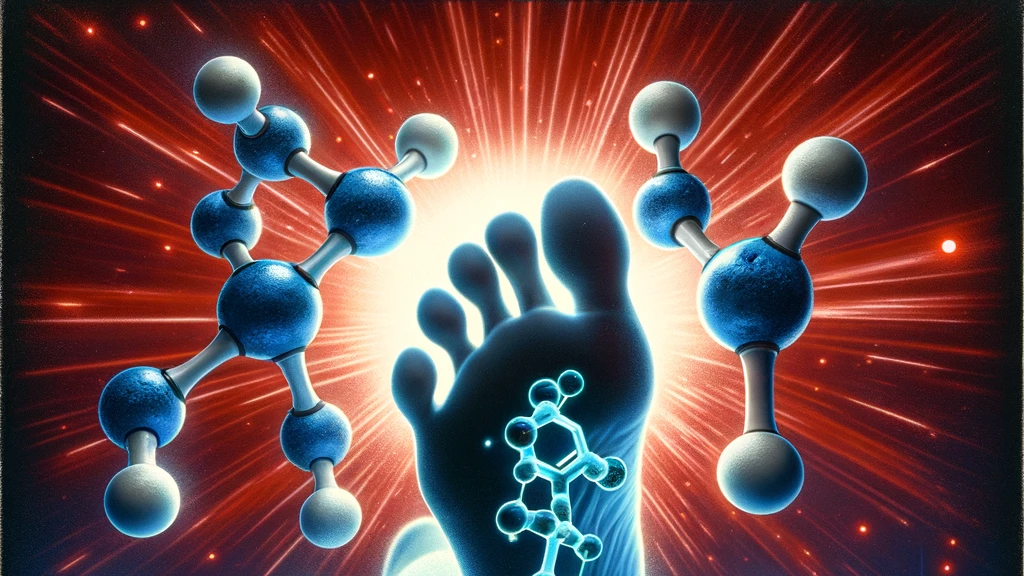
🎓 Findings:
- 40% urea cream or Er:YAG laser were used before PDT to allow better dye penetration
- After 5 months, the urea group saw a 70% improvement rate in affected nails
- The Er:YAG laser group had a 40% improvement rate
- Fungal infection was eliminated in 70% of the urea group but only 40% of the laser group
- Patients reported being fairly satisfied with both treatments
- No side effects were observed
🧠 Why it works:
The urea softens and thins out the nail plate, enabling the photosensitizing dye and then the light to penetrate deeper and eradicate fungal spores under the nail. The laser perforates the nail plate for the same purpose.
✋ Limitations:
Small sample size means larger studies are needed to confirm results. Unclear if treatment prevents recurrence long-term.
🌍 Examples of implementation:
Some dermatologists already offer PDT for nail fungus. These positive findings could increase access to this relatively safe, natural therapeutic option.
⚡ Steps to implement:
- See your doctor for evaluation and lab tests to diagnose nail fungus
- Discuss if photodynamic therapy is suitable for your type/severity
- If so, apply 40% urea ointment nightly to thin out the nail plate
- Undergo periodic 5-10 min treatments applying dye and light
- Continue sessions until fungus resolved and nail appearance improves
- Follow up with your doctor regularly to monitor results
Behind the Research:
🔬 Study type: Clinical trial comparing 40% urea vs Er:YAG laser pretreatments before photodynamic therapy for onychomycosis patients
🔗 Link to the original paper: https://link.springer.com/article/10.1007/s00403-022-02448-7
👩🔬👨🔬 Authors: Enrique Alberdi, Clara Gómez
❓ FAQs:
Q1: How long does the photodynamic therapy procedure take?
A: In this study, it involved 9 sessions over 16 weeks (about 5 months). Effects became visible after just 28 weeks. More sessions may be required for severe cases of toenail fungus.
Q2: Is the methylene blue dye and light treatment safe?
A: Yes, the researchers reported no side effects. The dye and low level light cause minimal damage to healthy skin and nails when properly administered. Always follow your provider’s instructions.
Q3: Can I do this light therapy for nail fungus myself at home?
A: No, photodynamic therapy requires specialized medical equipment and professional supervision for best results and safety. Attempting treatment without guidance risks making the fungal infection worse.
Q4: How exactly does the light activate the methylene blue?
A: The specific wavelength of light absorbed by the dye initiates a chemical reaction that generates oxidative molecules lethal to fungal organisms.
Q5: What about laser therapy alone for nail fungus?
A: Lasers may help but may not eliminate the fungal infection as well as light-activated photodynamic therapy per this study. More research is warranted.
📚 References:
Alberdi, E., Gómez, C. Urea versus fractional Er:YAG laser pretreatment of methylene blue photodynamic therapy in the treatment of moderate toenail onychomycosis: short- and medium-term effects. Arch Dermatol Res 315, 787–794 (2023). https://doi.org/10.1007/s00403-022-02448-7
🌟 Final Note:
Don’t let stubborn toenail fungus cramp your style. With photodynamic therapy, you could be back to pretty, healthy nails the natural way.
💅 Discuss if light treatment might be suitable for you with your dermatologist. In the meantime, share your own experience dealing with toenail fungus in the comments!
🔍 Study Summary Table:
| Treatment Groups | Urea + PDT | Laser + PDT |
|---|---|---|
| Nail Improvement % | 70% after 5 months | 40% after 5 months |
| Fungus Eliminated % | 70% after 5 months | 40% after 5 months |
| Patient Satisfaction | Fairly satisfied | Fairly satisfied |
| Side Effects | None reported | None reported |


